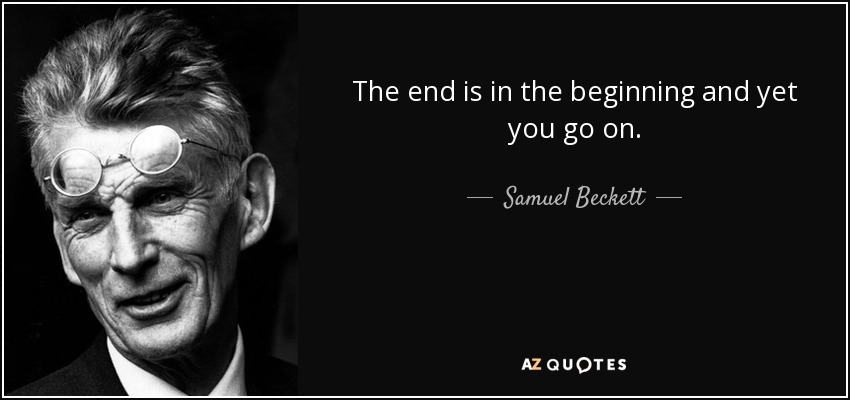The Hellish Limbo
"Evil Robot Monkey" (2008)
“He just wanted to make pottery”// “He held the world in his hands” // living..." in a hellish limbo” // “...too smart to be with other chimps, but too much of an animal to be with humans.” (Evil Robot Monkey by Mary Robinette Kowal)
The creative process
The swishing of a spinner on the act of creation “oozes” calm and quietness. Sly slids his hands over the clay to turn raw matter into an artifact of his creative mind. The malleable nature of clay as a metaphor that catalyzes Sly’s anger into therapeutic performance and a challenging act of artistic creativity can be traced back to Genesis. Marcial precisely brought forward this idea of clay as the matter out of which God shaped human beings. Let us think of Pygmalion’s myth or Mary Shelley’s Frankenstein. The search for being perpetuated through one’s progeny and the power of creating life through liveless matter lie at the core of this constant pursuit of humankind to look for posterity. Art is undoubtedly a way of perpetuating oneself. Sly’s concentration on shaping the clay is not only a way to channel his emotions but it is also presented as a defiant act of empowerment that frames him as a life bestowing creature in a story in which borderlines between animals and humans are blurry.
Surveillance and Commodification
A bang on his pen, a thunk of his own metal robotic head agaisnt the window… abruptly mean the ceasing of his activity, a caesura in the creative process. This moment of indulgence, of artistic creation is institutionally interrupted by a group of children and a teacher who bother him through their clatter and disrespectful attitudes, acting animal-like: “one of them swung his arms aping Sly.”Sly’s act of creation turns into organic ordure as he angrily thrusts his feces against the window pane. This incenses the teacher’s embarrassment and self-awareness...against whom? Sly’s aggressive display? Or the children’s mischief? Or her own embarrassment?
The title of the short story lacks an article: “Evil Robot Monkey,” which is evocative of children’s chatter, or robotic-like language. Furthermore, the title appears in the short story when Vern, Sly’s handler, reports back on how the teacher felt as if Sly needed some rebuking for misbehaviour:
“The teacher was upset about the “evil robot monkey”” (the title appears in between inverted comas embedded in the narrative as words reported by the teacher)
What does it mean to be human? who is more human, who is animalized? Who is robotic? Who is subjected to being programmed, or to act accordingly? The children ape, the teacher (Delilah) feels embarrassed when norms are not fulfilled on either side of the animal-human divide, and Vern is referred to as “having manners” with Sly:
“You should have told them that I was not an animal”
Mary Robinette’s story certainly questions the hazy borderlines between animals, humans and robots. Sly lives in a hellish limbo.
Delilah, Sly's antagonist in the story, threatens to take the clay spinner away from Sly and thinks that he should be disciplined. Her name might have not been randomly chosen. Delilah and Samson’s story (click here for background information) deals with strengths and weaknesses, as well as power. Biblical Delilah "beguiled" Samson to know the secret of his strength and power so she could deprive him of it (his hair). Delilah, in Robinette's story, weakens Sly by depriving him of his clay, and, therein, of the power to channel his creativity and anger. However, Sly still manages to scoop up some of the clay leftovers: “Sly sat down at his wheel and began to turn again,” the world is back in his hands, as a “deus ex machina.” The vase on the wheel is described as “its walls held the shape of the world within them”.
What are the secret strengths that lie at the core of the animal, human and robotic? Where do weaknesses lurk?





Taking care of vineyards, making bobbin lace, knitting beautiful quilts or making pottery out of clay ...All these activities demonstrate that creating is in our essence, and therefore what makes Sly human, although he behaves "mischievously" when he is disturbed by a group of students.
ReplyDeleteConversely, Delilah , the teacher, acts cruelly towards Sly, depriving him of his most significantly human activity : pottery. Thanks to it the human race has been able to cook, store, for rituals .Its in our ancestry. Delilah is obsessed with manners but shows total disrespect for Sly and his creations, for Art. It´s Art (or handicraft) what elevates human beings intellectually and spiritually (the world in his hands).
Vern(on) is fully conscious of this. He is an empathetic man. He realizes that pottery is importan t for Sly .Indeed, He is a breath of pure air , vern(al) freshness in an obscure stuffy place....like in the Genesis.